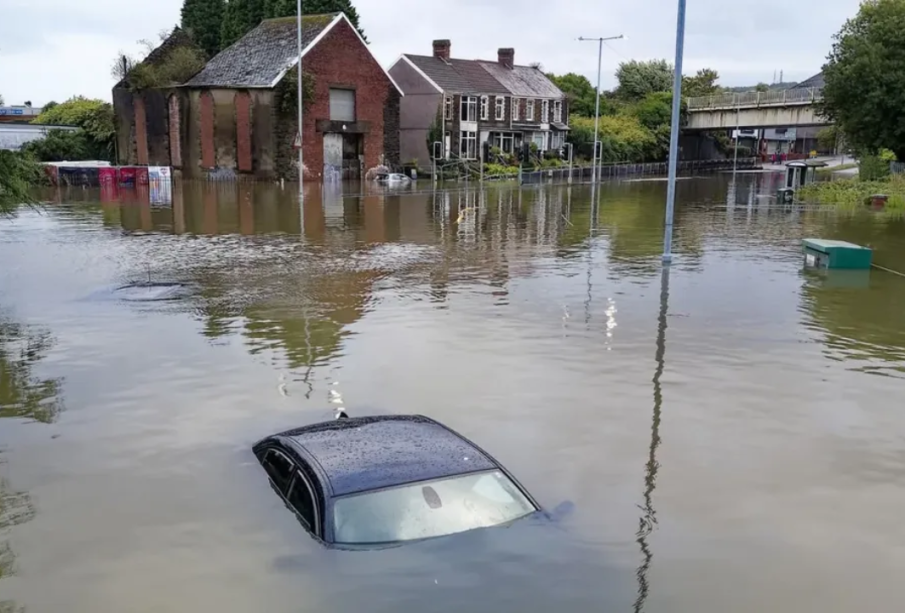Recent Flooding in Swansea: Causes and Consequences

Introduction
Flooding has emerged as a significant concern for many communities around the world, including Swansea in the UK. The recent floods in this coastal city have highlighted the potential dangers associated with extreme weather events exacerbated by climate change. Understanding the implications of these events is crucial for residents and policymakers alike, as they pose risks to infrastructure, public safety, and the economy.
Recent Flood Events
In early October 2023, Swansea faced severe flooding following heavy rainfall that exceeded local expectations. The Met Office issued multiple flood warnings, advising residents to prepare for potential evacuations. Streets in popular districts, including the city centre and waterfront areas, were submerged, leading to blocked roads and significant disruptions to public transport services. The impact on local businesses was immediate, with many forced to close temporarily due to the rising waters.
Emergency services responded swiftly, rescuing individuals trapped by floodwaters and clearing debris. Local authorities mobilised resources for sandbag distribution and opened temporary shelters for displaced residents. As a result of the flooding, schools were also closed, prompting concerns about the educational impact on children.
Community Response and Recovery Efforts
In the days following the flooding, community groups and local volunteers rallied to assist those affected. Fundraising initiatives emerged to support recovery and restoration efforts, demonstrating the resilience and solidarity of the Swansea community. Local businesses collaborated to offer discounts for cleaning supplies and services, aimed at helping their neighbours recover from the damage.
Officials have begun assessing the cost of the damage and implementing recovery plans to restore normalcy. The challenges posed by the flood have sparked discussions on improving drainage systems and infrastructure resilience to withstand future weather events. In light of this incident, Swansea’s city council is expected to conduct an extensive review of flood management strategies.
Conclusion
The recent flooding in Swansea serves as a critical reminder of the increasing frequency of extreme weather events linked to climate change. With continued discussions regarding urban planning and resilience measures, there remains hope that lessons learned from this incident can lead to better preparedness for future events. As the city rebuilds, attention to sustainable solutions will be vital in protecting Swansea’s communities and infrastructure in the years ahead.









